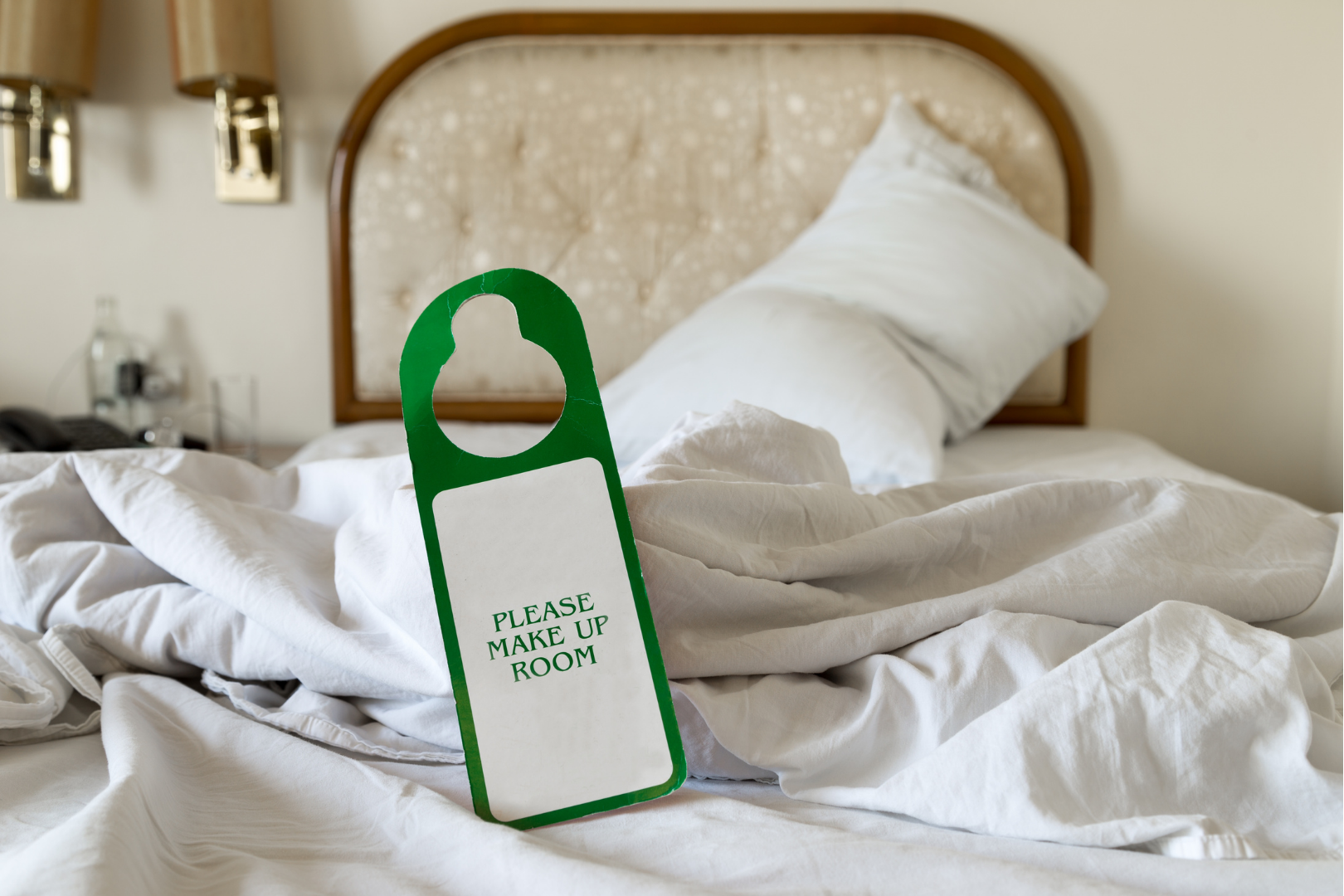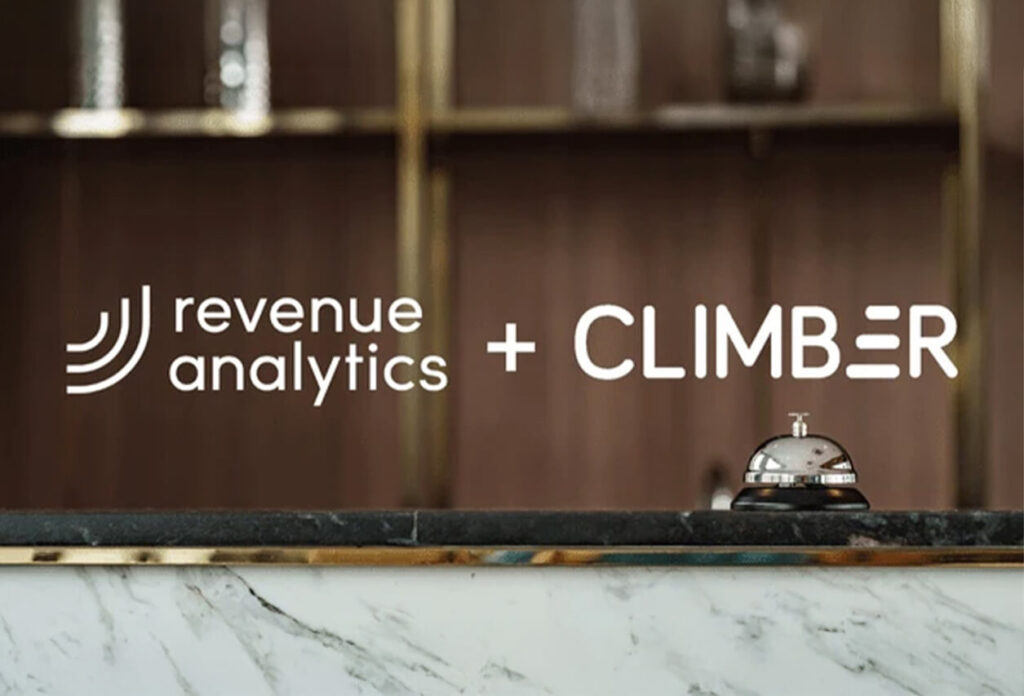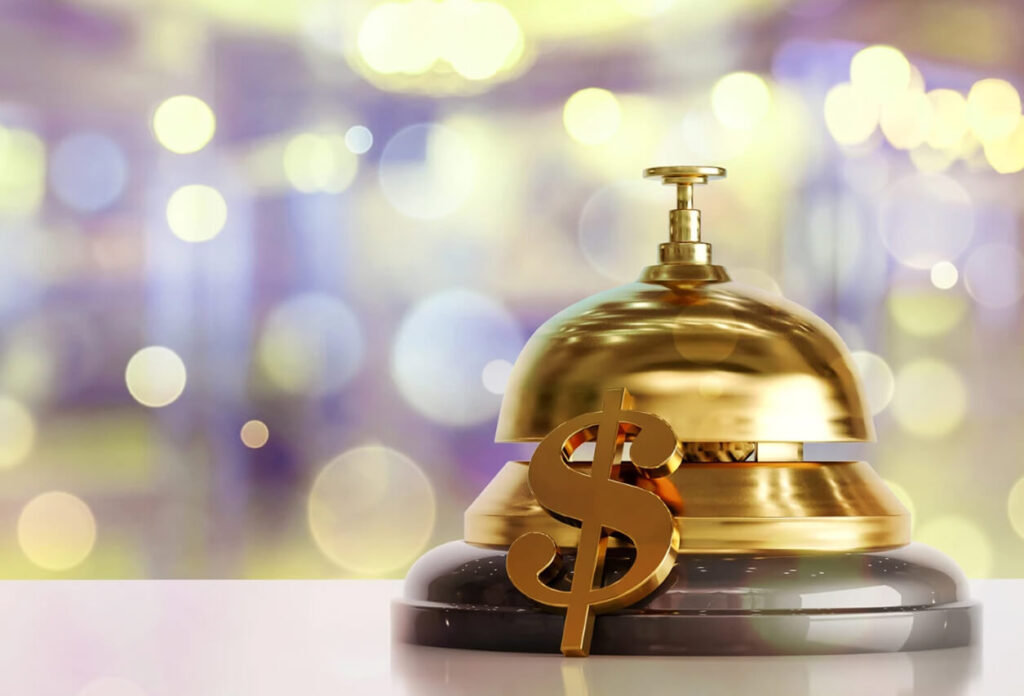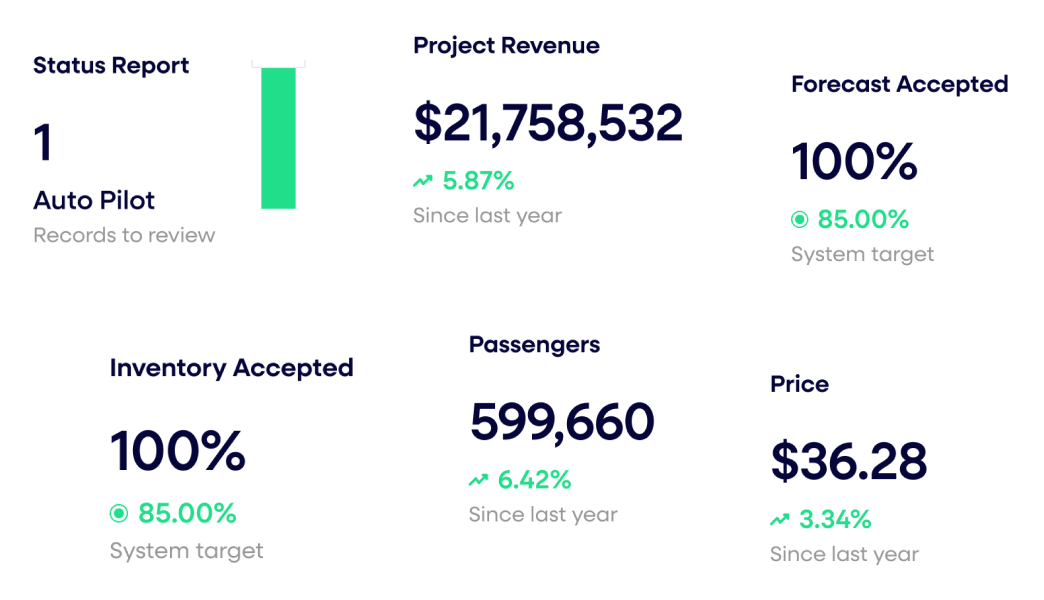Labor Shortages, Forecasting, and Cleanliness? Hotel Data Conference Answers Burning Questions About What Comes Next

COVID-19 hit the hospitality industry particularly hard. That reality made the 2021 Hotel Data Conference – our first in-person conference in over a year – bittersweet. It was invigorating to gather with industry leaders in person after all this time, but we are all here with battle scars.
How fitting that this group came together – for business travel – to discuss the recovery and where we go from here.
The hot topic on everyone’s mind was what does Q4 look like as summer leisure travel comes to an end – and should we even bother forecasting it? Similarly, how do national labor shortages and hotel offerings affect the consumer experience?
Leverage your content to achieve stronger revenue outcomes
While there are no clear-cut answers, points of consensus echoed throughout the conference.
TL;DR:
- There is still a place for forecasting, but those forecasts need to be flexible and drive strategy.
- CLEAN THE DAMN ROOMS! Hoteliers can’t afford to let operational issues get in the way of capturing demand.
- The industry needs to attract and retain talent to get back to “business as usual” if we expect the same from the consumer.
Budgeting and forecasting will look different, but are just as critical as before
The questions “should we take the time to build a budget?” and “forecasting: bullshit or not?” came up during multiple sessions. For years, hoteliers have invested countless hours creating and endlessly re-working what turned out to be largely aspirational budgets.
Then COVID blew everyone’s budget up.
There is uncertainty about what exactly Q4 will bring, though we expect leisure travel will slow and big group business likely won’t be back yet. So, we should just give up and not bother budgeting or forecasting, right?
Yes and no.
Do we need cycles and cycles of setting a budget only to have it not come to fruition? No. But, we do need to have a forecast that drives strategy. And if COVID has taught us anything, it’s that we need to continue to be resilient and flexible as things change.
So, yes – we need to forecast. And we need to review that forecast on a rolling basis to facilitate discussions with the hotel operations team of both what to expect and what the hotel can support.
CLEAN THE DAMN ROOMS!
Like most industries, hospitality has also been hit with labor shortages. Even if there was a forecast for a full house – are the people there to support it?
One of the best quotes of the conference came from the panel discussion “Revenue Managing A Recovery.” When discussing the labor shortage and the impact it has on hotel forecasts & profitability, someone shouted, “CLEAN THE DAMN ROOMS!”
We’ve all learned that demand is a precious asset. The lack of a clean room can NOT get in the way of capturing the demand that does exist.
“Business as usual” is a two-way street
It’s not just clean rooms that are affected by this labor shortage. The ability to open amenities on the property – restaurants, spa, etc. – not only influences the value offering of the property in the eyes of the consumer, but also represents precious on-property spend and total hotel profitability. The properties that maintained rate and saw demand come back first are the properties that were true to their value offering.
How different is a full-service property vs. a limited-service property if all of the on-site amenities are closed?
Not. That. Different.
So, how do you justify the rate difference between the two to a guest? You can’t. If you’re not operating as a full-service property, it’s hard to hold rate and charge like one.
Operational challenges impact more than just the dollars that come through the on-site amenity. If we expect consumer behavior to get back to ‘business as usual’, the industry needs to find a way to attract and retain talent that gets hotels back to ‘business as usual’ as well.
If you’re feeling lost when it comes to setting and updating rates in this volatile environment – you’re not alone. The N2Pricing™ RMS offers flexible forecasting, intuitive multi-property workflow, and profit optimization to pass through increased labor costs – all at a lower cost. Schedule your fast and free demo today.
Last updated on August 20, 2025





